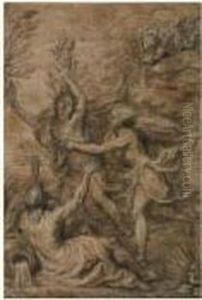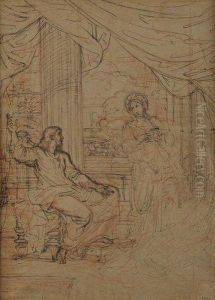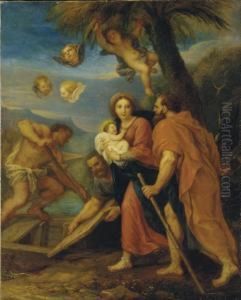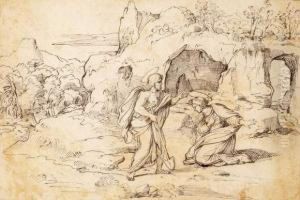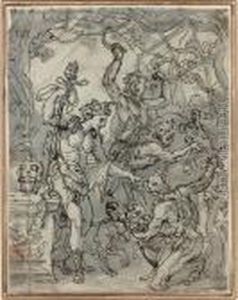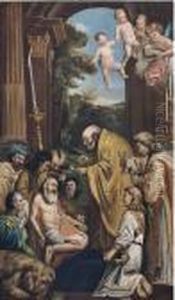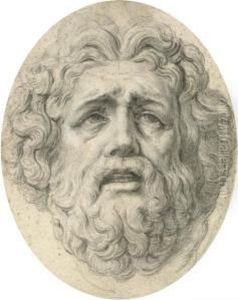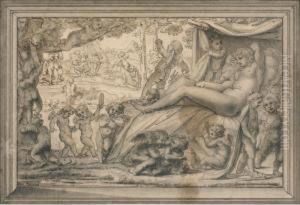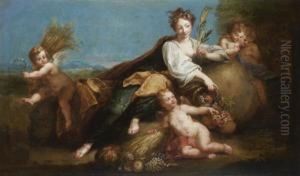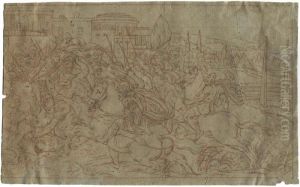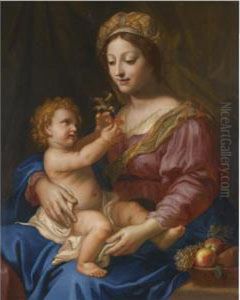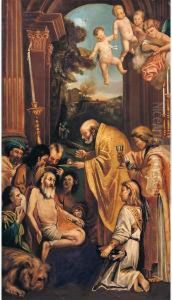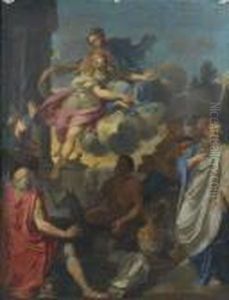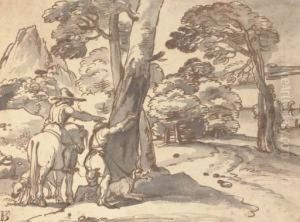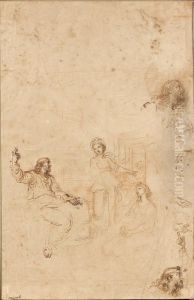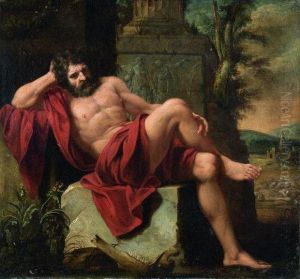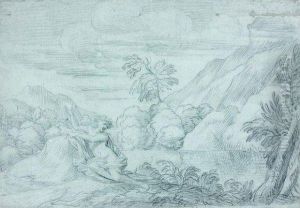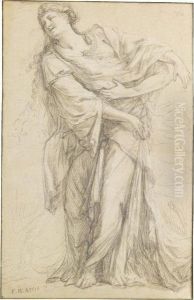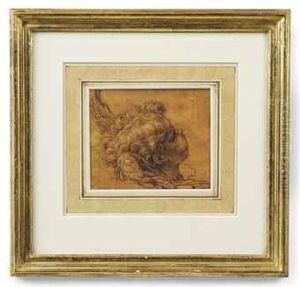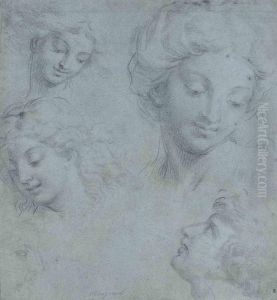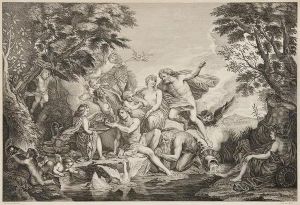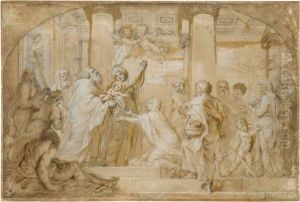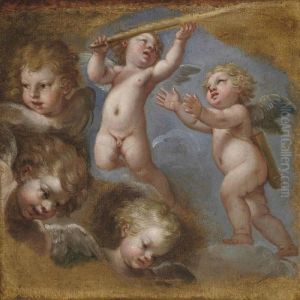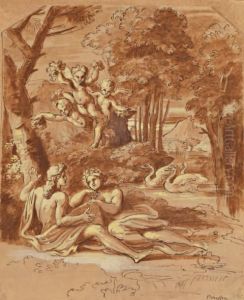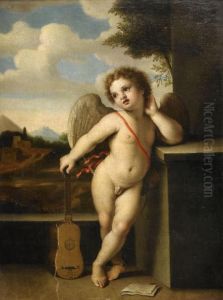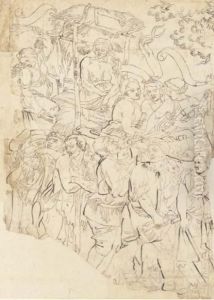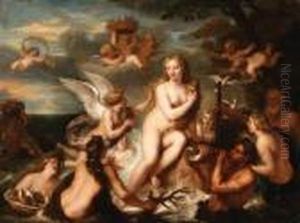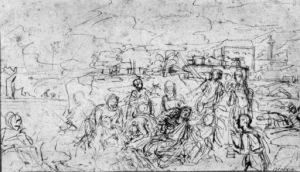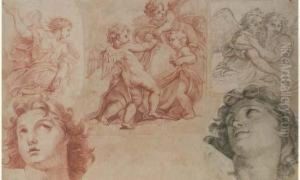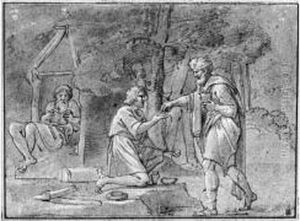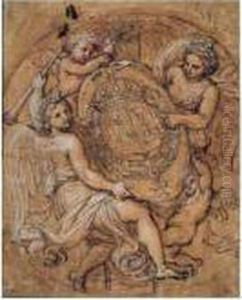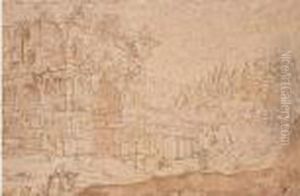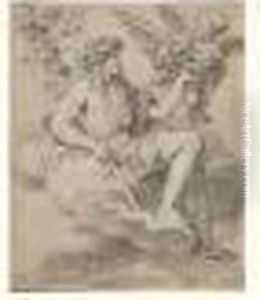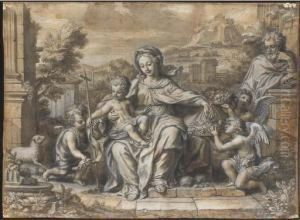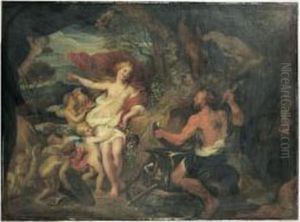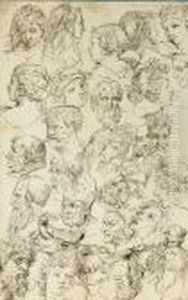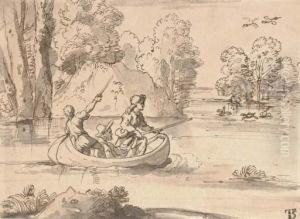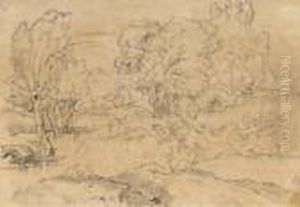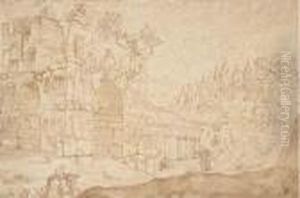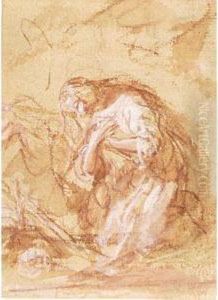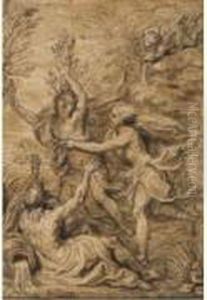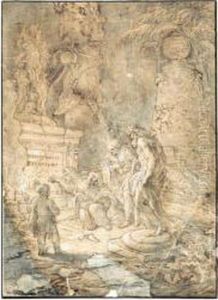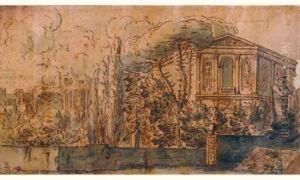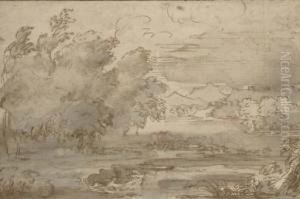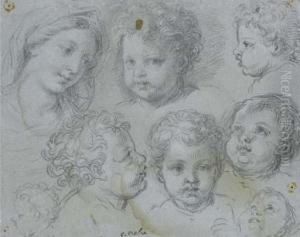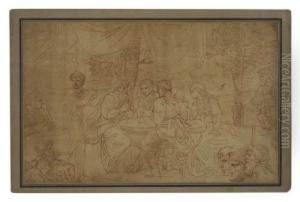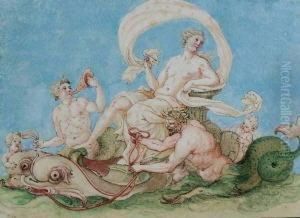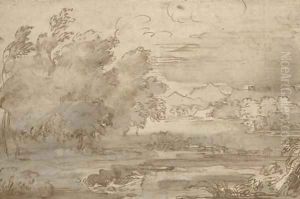Michel Corneille II Paintings
Michel Corneille the Younger, also known as Michel II, was a French painter, engraver, and draughtsman of the Baroque era. Born in Paris in 1642 into a family of artists, his father, Michel Corneille the Elder, and his uncle, Jean-Baptiste Corneille, were both well-respected French painters. His early training was under the direction of his father and uncle, which allowed him to develop a style that combined the French classicism of the time with influences from the Roman Baroque.
Corneille the Younger's career was marked by his versatility across different media, including painting, engraving, and drawing. He was particularly noted for his history paintings with subjects taken from the Bible, mythology, and ancient history. In addition to his religious and mythological works, he executed a number of portraits and designed illustrations for books.
In 1663, at the age of twenty-one, he was admitted to the Académie Royale de Peinture et de Sculpture, where he later became a professor and rector. His association with the Academy played a significant role in his career, and he contributed several works to its exhibitions and projects.
Corneille was less well-known than his contemporaries such as Charles Le Brun and Nicolas Poussin, but his work was appreciated for its clarity of composition, precise drawing, and the smoothness of his brushwork. His paintings often reflected the elegance and grandeur that were characteristic of the French classical style, yet they also showed an awareness of the dynamic compositions of Italian Baroque artists.
Despite a successful career, Michel Corneille the Younger is not as widely remembered as some of his contemporaries. His works can be found in various French museums and collections, including the Louvre. He passed away in Paris in 1708, leaving behind a legacy of art that is appreciated for its contribution to the French classical tradition.
